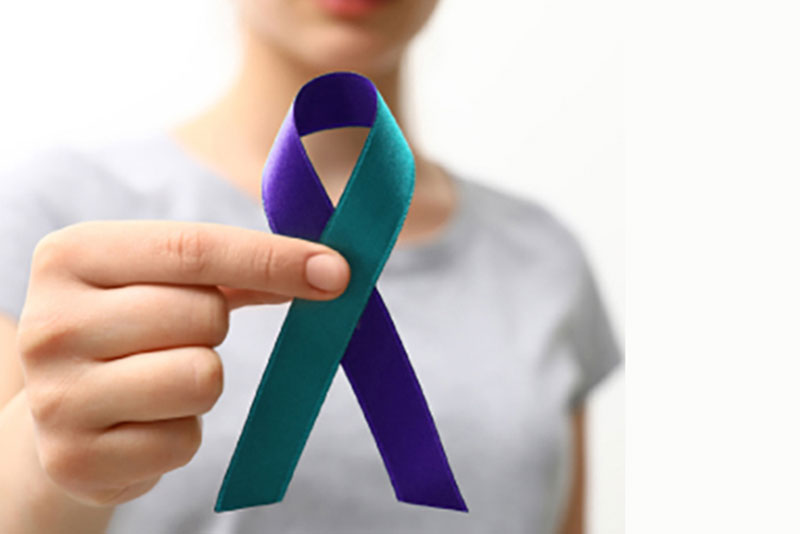By Siomara Henderson | CONTRIBUTOR |
*If you or someone you know is having thoughts of suicide, call the National Suicide Prevention Lifeline at 1-800-273-TALK (1-800-273-8255).*
In this article we will be discussing everything you need to know about suicide prevention month.
Here is what we will cover in this post:
TABLE OF CONTENTS
- Suicide Prevention Month
- Suicide Prevention Statistics
- Suicide Awareness (Risk Factors, Warning Signs & Ways to Help)
- The Stigma of Suicide
- Why is Suicide Prevention Month Important
Let’s jump right in.
Suicide Prevention Month
Suicide prevention month is a collective, collaborative effort to increase awareness of suicide as a preventable public health problem. Suicide Prevention Awareness seeks to reduce the incidence of suicidal behaviors through research, education, training, and advocacy.
September is recognized as National Suicide Prevention Month and September 10th is observed as World Suicide Prevention Day and is dedicated to raising awareness about suicide and suicidal behavior, which claims the lives of close to 1 million people across the world each year.
September was chosen because it is the time of year when the risk for suicide tends to be highest, especially among teenagers and older men.
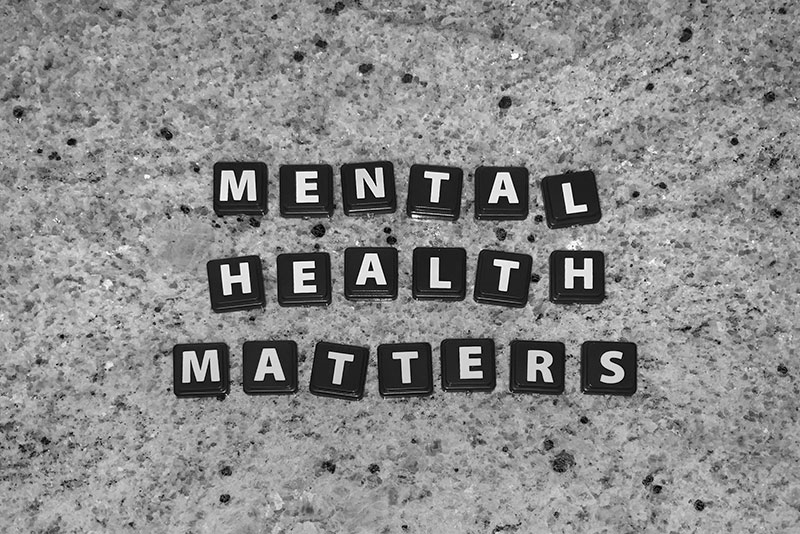
The first suicide prevention center opened in Southern California in 1958. The pioneer who established this center, psychiatrist Milt Frankel, Ph.D., is credited with coining the phrase “Suicide Prevention” and thus initiating a place for such work in mainstream mental health services.
The AAS also promotes the slogan “Suicide is preventable” in an effort to dispel myths about suicide and give hope to those who have been affected by suicidal thoughts and tendencies.
#BeThe1To or “be the one to save a life” is the National Suicide Prevention Lifeline’s message on suicide prevention month, showing how in a crisis situation, one person can be a difference maker.
The campaign aims to improve the understanding of suicidal behavior, promote a culture of caring and kindness, eliminate the stigma surrounding suicide and encourage those who have been affected by suicide to seek help. It is also a time to remember those who have died by suicide and support the bereaved.
Suicide Prevention Statistics
Suicide is a serious public health problem that causes immeasurable pain and suffering to families, friends, co-workers and communities. Each year in the US, 47,500 people take their own lives; that’s 115 suicides per day or 1 every 11 minutes as of 2019 (CDC).

Suicide is the 10th leading cause of death in the United States. It’s the 2nd leading cause of death among persons aged 10-34, 4th among those 35-44, and 5th among people 45-54. Suicide accounts for 1.7% of all deaths annually in the U.S as of 2018.
The amount of people who consider or attempt suicide is far greater. In 2019, some 12 million American adults seriously considered suicide, 3.5 million planned a suicide attempt, and 1.4 million attempted suicide in the United States alone.
Suicidal attempt ED visits in 2020 averaged 30% higher than in the same period in 2019 for adolescents aged 12-17. During the early months of COVID-19 suicidal attempt ED visits rose to 50.6% higher than in the same period in 2019 for females aged 12-17, and was 3.7% higher for males (CDC).
More than 90 percent of people who die by suicide have a diagnosable psychiatric disorder at the time of death. Intoxication is present in nearly 30% of people who die by suicide.
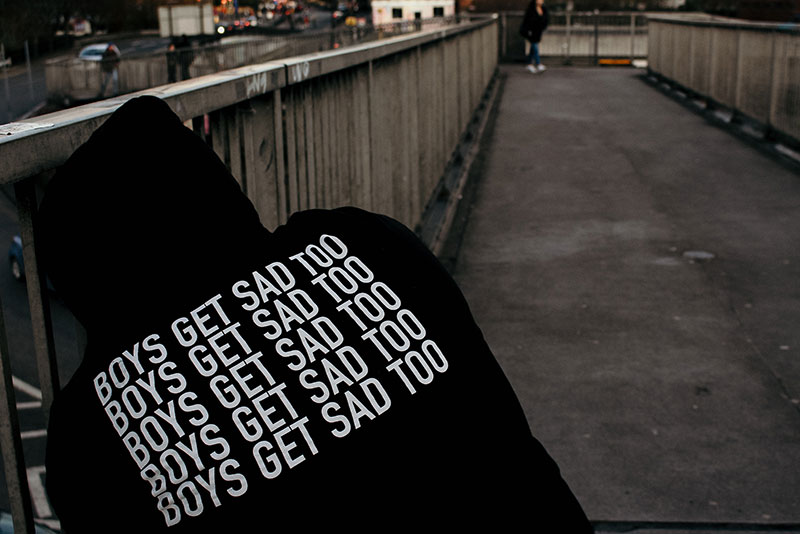
Suicide rates vary widely by race and ethnicity. For example, American Indians/Alaska Natives (AI/ANs) and (22.3 per 100,000) and non-Hispanic Whites (17.6 per 100,000) have the highest suicide rates of all racial groups in the United States. Followed by Hispanics, Asians/Pacific Islanders and Blacks.
Suicide rates are higher among men than women, with males nearly 4x more likely to die from suicide than females. However, females are 3x more likely to attempt suicide than males.
In the United States, people from all walks of life die by suicide- from the homeless, teenagers, to even US soldiers after coming back from war zones overseas.
Suicide does not just affect certain groups of people. Anyone can experience suicidal thoughts and feelings for a multitude of reasons. Suicide statistics highlight the need for heightened suicide prevention efforts among all populations and in all communities.
Suicide Awareness (Risk Factors, Warning Signs & Ways to Help)
A suicide attempt is a person’s way of coping with an unbearable situation. Suicide attempts are generally a desperate plea for help.

The choice to take one’s own life always involves a complex interplay of factors that create stress and turmoil in the mind of the person in crisis, and for this reason it is not always possible to identify a single cause or trigger.
Risk Factors
Suicide risk factors vary between individuals and may include:
- Depression and other mental illnesses such as bipolar disorder, anxiety disorders, borderline personality disorder, etc.
- History of trauma, abuse, or prolonged stress e.g. maltreatment, neglect or bullying in the workplace, classroom and home.
- Family history of suicide
- Substance abuse
- Previous attempts at suicide
- Access to lethal means at home, such as firearms or other weapons
- A recent loss or stressful life event
In addition, a major concern of many professionals is the contagion effect that occurs alongside events of suicide.
Contagion occurs when other people imitation suicidal thoughts and behaviors due to exposure, social learning, or identification with affected individuals.

Contagion occurs when other people imitation suicidal thoughts and behaviors due to exposure, social learning, or identification with affected individuals.
People are especially susceptible to suicide contagion if they already suffer from mental health problems, are young (below 35 years), unemployed, live in communities with low socioeconomic status or have access to some means of killing themselves.
The CDC has identified multiple possible mechanisms of contagion, including:
- Learning through family and friends due to a personal experience with a suicidal death
- Identification with the suicide due to personal characteristics such as age, gender or ethnicity, imitation of suicidal behaviors by having a close relationship with the person who died and empathy towards the victim due to extensive media coverage.
- Emotional contagion can also occur in the case of suicide when people tend to focus on and feel the emotions that other suicidal people express or share through their social interactions.
Thus, it is important for media professionals to consider these mechanisms when reporting about suicide in order to prevent further cases of suicide contagion.
Warning Signs
One way YOU can make a difference is by learning how to identify the warning signs of suicidal behavior.
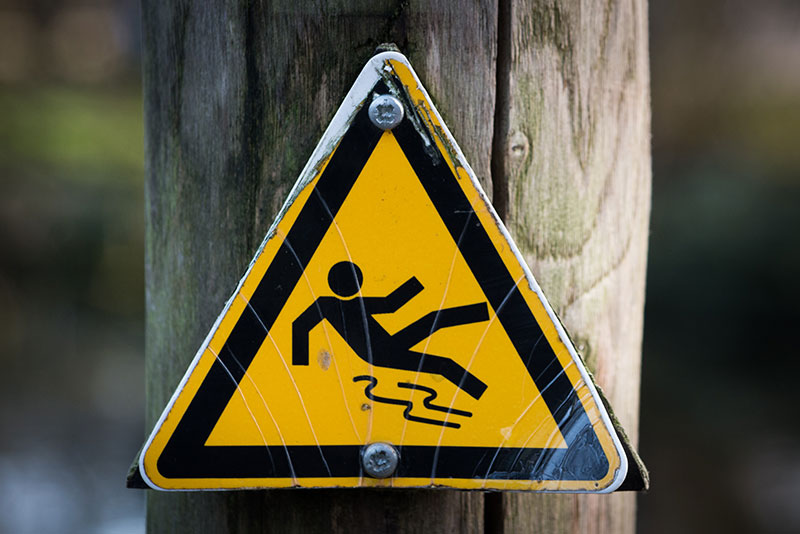
Some of these warning signs include:
- Talking about wanting to die (either directly or indirectly). Saying things like no one cares about them, they are a burden to others, life is not worth living, etc.
- Looking for ways to kill themselves, such as searching online or seeking access to guns or pills
- Talking about feeling hopeless, desperate, worthless or having no reason to live. Talking about feeling trapped or being in unbearable pain.
- Acting anxious, agitated or aggressive.
- Behaving recklessly such as driving fast or recklessly, taking unnecessary risks.
- Sleeping too little or too much.
- Withdrawing from friends, family, and society.
- Showing a change in personality.
- Putting affairs in order, tying up loose ends or changing a will. Saying goodbye to people as if it were the last time.
- Showing major changes in mood from being extremely sad and hopeless to suddenly happy and calm after a long period of depression.
How to Help
With so many risk factors for suicide, it can be difficult to know what to do if you believe someone you care about may be having suicidal thougths.
Here are 5 things YOU can do if you are concerned someone is considering suicicide.
#1 – Ask the hard question: If you suspect someone is in emotional pain and might be suicidal, it’s important to try to break the barriers that prevent that person from getting help by encouraging them to talk about what they are feeling. Many people avoid asking the most obvious question. Be direct and ask your loved one, “Are you considering killing yourself?”. While this may be difficult to ask, studies show that it does not increase (and may even decrease) the risk of suicide while providing you with the information you need to make important decisions.
#2 – Be Close By: Make sure you let the person know you care about them and you are available to talk if they need someone. When people feel they have someone who will listen to them without judgement, difficult emotions are often diffused and become more manageable.

#3 – Remove Dangerous Objects: If it’s possible, remove any objects from the area that the person you love may be able to use to commit suicide. Suicide rates have been shown to decline when lethal objects such as drugs and weapons are not available to the struggling individual. If you feel you need immediate assistance call 9-1-1, your local emergency number or a trusted family member, friend or other resource for help.
#4 – Connection: If you are able, try to keep other people connected with the person who is struggling with thoughts of suicide. Encourage them to connect with friends and family. Suggest they save the National Suicide Prevention Lifeline’s phone number: 1-800-8255 (TALK). Unless you are a licensed mental health therapist, your main role is to identify if the person is at risk and to get them the help they need from a trained therapist.
#5 – Follow Up: Studies show that the rates of suicide go down when a loved one follows up with the at risk individual – especially after they have been discharged from an institution or have gone to therapy.
The Stigma of Suicide
Stigma is defined as “a mark of disgrace associated with a particular circumstance, quality, or person.”
The cultural stigma surrounding mental illness is one of the most prominent barriers that prevents struggling people from seeking help.
According to research nearly 50% of respondents do not seek treatment for mental health disorders because they are afraid and ashamed and 56% feel uncomfortable sharing mental health problems with friends or family.
Stigma makes people feel ashamed and can lead them to feel that there is no one they can trust about their issues so they choose to keep it hidden instead of getting treatment.

According to the CDC, there is a direct correlation between the degree of public understanding about suicide and rates of suicide.
In other words, when society shames or thinks less of people with suicidal thoughts/behaviors, they are less likely to seek help and actually more likely to die by suicide.
As this stigma increases, so do barriers to treatment for mental disorders and suicide prevention. People with untreated mental illness are dramatically more likely to be living in poverty than individuals without mental illness (SAMHSA). They are also more at risk for unemployment, homelessness, incarceration, and suicide.
People who DO seek help for mental disorders are often stigmatized by society, friends and family members alike.
For example, people who are diagnosed with depression, bipolar disorder or even schizophrenia can be seen as “crazy” and those contemplating suicide as “weak”, “selfish” or “attention-seeking”
These types of beliefs are myths. In reality, a suicide attempt is a person’s way of coping with an unbearable situation (an attempt to make the unbearable bearable). A suicide attempt often represents a cry for help that must be taken seriously and responded to appropriately and compassionately.
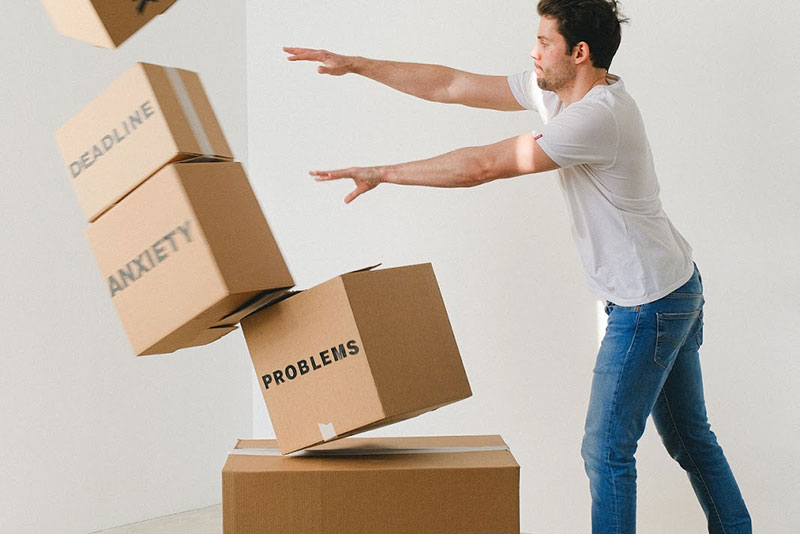
There are many other myths that stigmatize people struggling with mental illness and suicidal ideation. If you want to learn more about them, you can check out this video: Suicide Attempt Survivers Bust Myths About Suicide
The media also plays a major role in public perception of suicide by discussing the method used to kill oneself and details about the person who died. Inappropriate reporting practices may promote suicide in vulnerable individuals by romanticizing the death or glamorizing the reasons behind it, or by suggesting that there could be an audience for these views.
The media can help reduce suicide stigma by:
- Portraying suicide survivors as courageous rather than selfish, disturbed, weak or hopeless
- Emphasizing that many suicides are preventable
- Presenting positive ways for readers and viewers to get help
- Ensuring that suicide stories do not sensationalize death.
Breaking the stigma surrounding suicide can help people feel more comfortable talking about a mental health problem. As a result, they may be more likely to seek treatment if/when they develop suicidal thoughts/behaviors.
Why is Suicide Prevention Month Important?
Benefit 1: Brings Awareness to Suicide Risk Factors & Warning Signs
According to experts, one way to prevent suicide is to have a common language around it where everyone can understand what someone is going through before they decide to take their own life. By having the lifesaving information people need to prevent suicide in their communities, it gives them the ability to make a real change.
Education on suicide prevention significantly increases the number of people who are willing to report knowing someone at risk for suicide. As a result, it dramatically increases the likelihood that those at risk will receive treatment before an attempt.
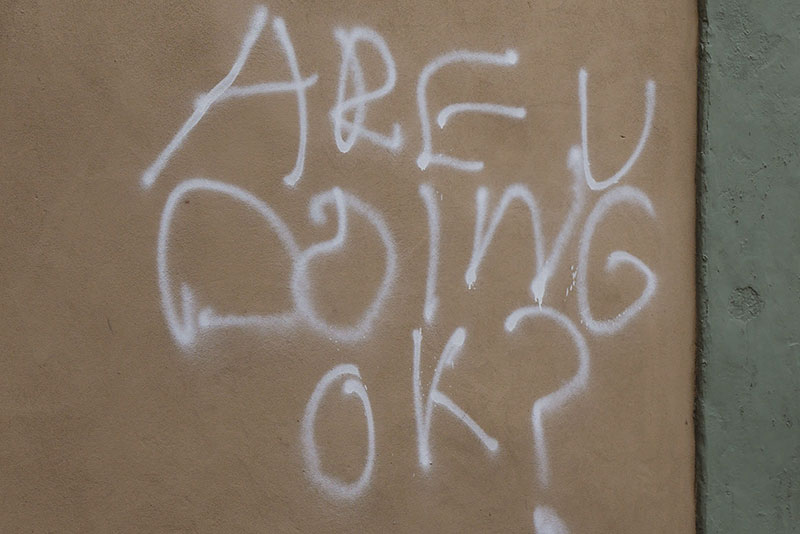
Suicide is often preventable when people are aware of the risk factors and warning signs.
Sometimes a simple action or conversation can be life-saving.
In fact, 90% of those who attempt suicide go on to live full lives.
There are steps everyone can take to help individuals who may be in distress, intervene early for suicide prevention and create an environment that is more supportive of mental health overall. Suicide prevention month gives everyone the tools they need save lives and give survivors a new beginning and means to thrive.
This suicide prevention month, begin the process of increasing awareness by having conversations with friends, co-workers, family members and even yourself about both suicide risk factors and warning signs.
Benefit 2: Breaks the Suicide Stigma
As the number of suicides increases each year, so does the number of families who have been touched by these tragedies. The awareness that comes with suicide prevention month shows the reality of how many lives are affected by suicide each year, so it can be a powerful catalyst for change.
Upon releasing the World Health Report, Dr. Gro Harlem (The Director of WHO) stated, “Mental illness is not a personal failure. In fact, if there is failure, it is to be found in the way we have responded to people with mental and brain disorders.”
Those with mental illness are not an invisible burden. We can all be a part of creating a world that is more open and understanding about mental health issues, less judgmental and safer for those who live with these conditions.
Breaking the silence on suicide stigma and encouraging people to seek help when they need it can make all the difference in saving a life.
This suicide prevention month, ensure you are there to support the people around you who may need your help. Sharing these resources is an important step in breaking the stigma around mental illness and showing that people with mental health conditions are not alone.
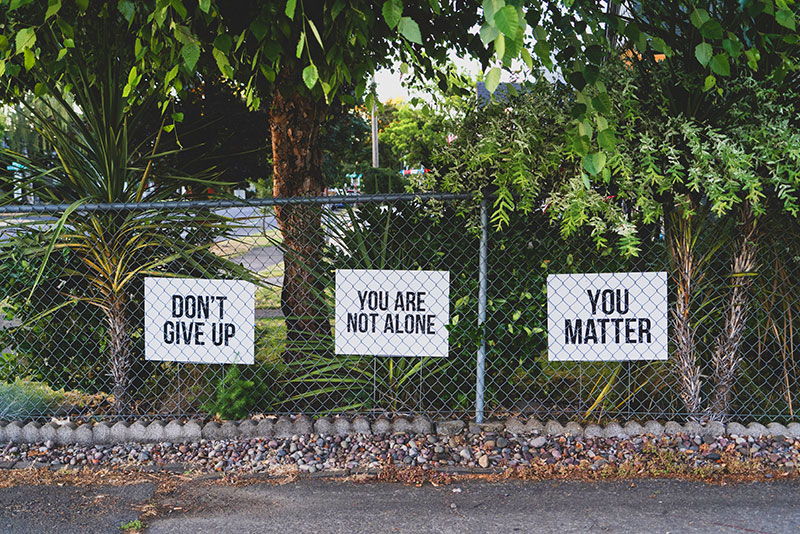
Benefit 3: Increases Funding for Suicide Prevention Efforts
The rates of attempted suicides are at their highest level for almost 30 years with unnecessary deaths every year due to lack of promotion or funding into prevention.
This year is no different with the National Suicide Prevention Lifeline reporting a huge increase in calls, emails and online chats.
The number has increased annually by approx. 14% since 2005, reaching a staggering 2 million calls in 2020.
Funding for mental health efforts in the United States remains inadequate with less than 5% of the overall federal budget dedicated to mental health care.
In addition to the lasting emotional impact on friends and family members of those who have died by suicide, there is a tremendous economic toll. The cost to society from suicide in the US exceeds $44 billion annually (CDC, 2012).
Mental illness is also among the leading causes of disability worldwide, and the WHO estimates that 450 million people currently suffer from some form of mental disorder. Thus, investing in mental health initiatives returns more money to government funders than any other public health activity.
Suicide prevention month assists in spreading awareness of the vital need for funding for mental health services, enabling and encouraging others to take action and provide help and support for those affected by mental illness.
Join us in being part of the solution by donating to the Mental Health Foundation (United States)
Benefit 4: Improves Access to Care

There is a proven correlation between greater availability of mental health care and fewer suicide attempts. In areas where care is accessible, at a reasonable price and under a medical model that gives people the help they need without stigma or judgment, suicide rates are lower.
People need to be able to recognize the signs of suicide and know there is help available. This means expanding access to care by making treatment affordable and accessible. It also means removing barriers caused by lack of insurance coverage or other issues.
Suicide prevention month can be a powerful mechanism to promote mental health education and awareness of the resources available.
Strong connections with family and/or friends, good self-esteem, control over one’s life, increased positive coping skills and problem solving abilities and a sense of purpose in life, are all protective factors that help reduce risk factors for suicide. With these social and emotional tools in place, people can better cope with stressful events and crises and feel hopeful about the future.
Increasing awareness increases funding and available mental health resources. School systems, local communities, and individuals should prioritize their role as a first responder to those in crisis and provide access to effective mental health services.
*If you or someone you know is having thoughts of suicide, call the National Suicide Prevention Lifeline at 1-800-273-TALK (1-800-273-8255).*
Subscribe to get notifications about future articles.
About the Author: Siomara Henderson – Contributor
Siomara Henderson, MFT, is the cofounder of Clickmill.co, a digital marketing agency for nonprofits. With a master’s in marriage and family therapy, she writes information-rich content for numerous New York based therapy firms, and The Mental Health Foundation. She is also the coauthor and editor of Decoding A Man’s Body Language and The Digital Ministry, and mental health and life coach to many women who are actively seeking personal growth.
In her spare time, Siomara works with women and children facing situational homelessness. She is passionate about helping others discover how great life can be when they learn to invest in their mental health. Siomara and her husband Brett live in Honolulu, Hawaii.

